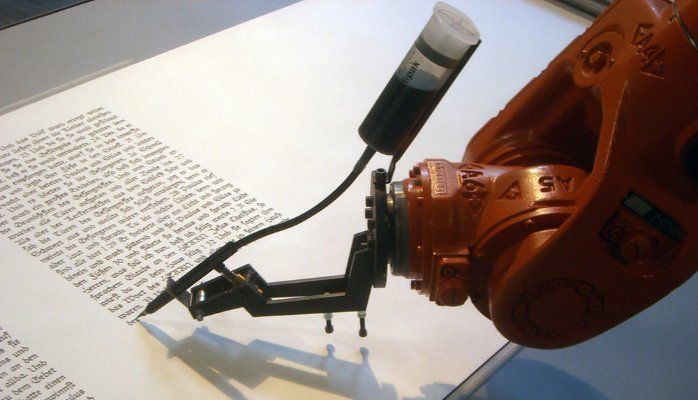
Our romance with mobile messaging applications coupled with significant advances in artificial intelligence has given birth to conversational commerce. In short, businesses are now enabling Chatbots to handle much of their customer service. Companies are learning that artificial intelligence can overhaul mundane, repetitive tasks to free up human resources.
In the retail industry this practice is almost ubiquitous. A few months ago Facebook released their plan to integrate Chatbots into Facebook Messenger. And now, The Washington Post will use robots to disseminate news stories from the 2016 Olympic Games.
Mainstream Media Brings Out the Bots
In newsrooms across the globe, algorithms are an editor’s best friend. Even the fate of this article and how many readers it reaches across LinkedIn’s multiple Pulse channels will ultimately be decided by its famous and enigmatic algorithm.
The Washington Post has taken this practice a step further. They have confirmed that they will use bots to report stories from the Rio Olympics. Journalists will be watching nervously from the sidelines to see if automated storytelling catches on with online audiences who just want to consume the latest news as quickly as possible.
The newspaper has employed the services of a robot reporter called Heliograf. The machine’s first assignment is to gather sports data from Stats.com and extrapolate short narratives. If this experiment is successful, the same technology could be used during the US election later this year.
These news stories powered by data and machine learning have the ability to provide a completely customized experience. But will this content lack human soul?
Before we get carried away on the Luddite train, a caveat: This experiment will not fully replace traditional reporting. The robot’s outputs are snippets rather than full-length articles, just short multi-sentence updates for readers who want instant medal results from major events.
When you consider the scope of the Olympic Games, the decision to use robots is a unambiguously practical. The Games consist of 306 events in 28 sports. The robots allow human reporters to focus on writing opinionated content as opposed to poring over and sorting out statistics. If anything, rather than destroy journalism, this technology is aimed to fortify it.
We’re not trying to replace reporters; we’re trying to free them up. — Jeremy Gilbert, the Director of Strategic Initiatives for the Washington Post
While the tedious statistical news stories are produced automatically by machines, human reporters can concentrate on what they do best.
Rise of the Machines
The so-called rise of the machines narrative is often accompanied with a headline insinuating that robots will take all our jobs. Residual fear from the first and second Industrial Revolutions left a sour taste in our mouths as manufacturing jobs and specialized labor was supplanted by machines. The digital revolution is different however.
The reality is that advances in machine learning and artificial intelligence are merely allowing us to pass the boring and mindlessly repetitive tasks to bots. Unlike humans, computers and bots cannot perform unstructured problem-solving or non-routine physical work. And even if quantum computers gain popularity, there are artistic and creative sensibilities that are all too human. Therein lie our biggest strengths.
To fully exploit our strengths, we must break free from the shackles of routinized information processing. There are indeed certain tasks that human beings do not perform well, and in fact, the presence of human decision-making worsens. We are imperfect. Let’s acknowledge our imperfections and leave the number crunching to the machines and the math aficionados.
Just imagine how much more productive and creative we’d be if we weren’t mired by the mundane and tedious?
Personally, I fantasize about the day digital PAs organize our work life and complete those repetitive tasks for us. I see it as progress.
Whatever your thoughts or opinions on the matter, the reality is that we all better get used to hearing about Heliograf-like additions to the workflow. I have a feeling that this is the first of many digital assistants that will soon work alongside us.
